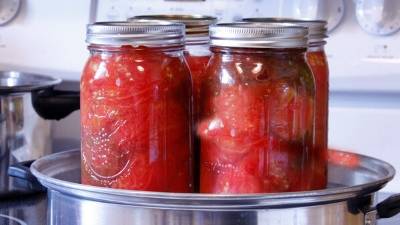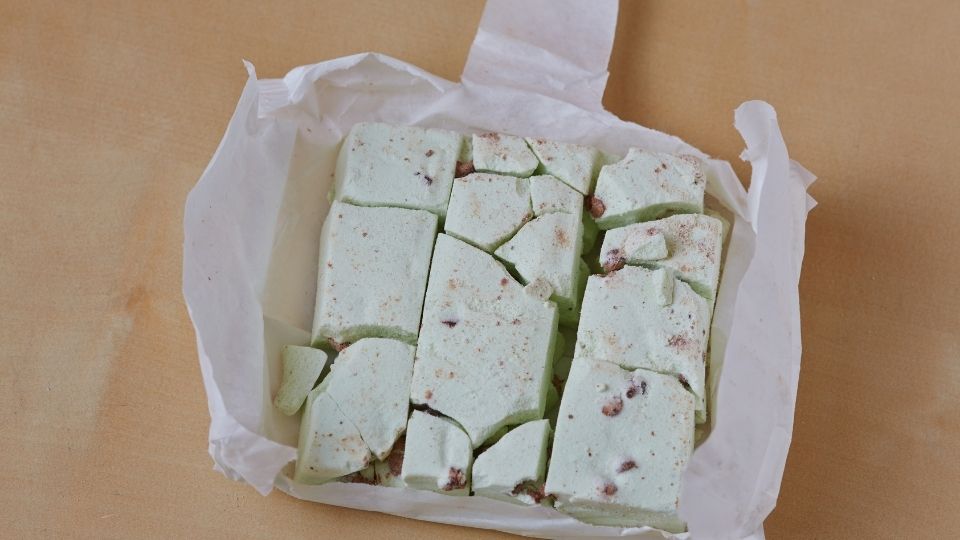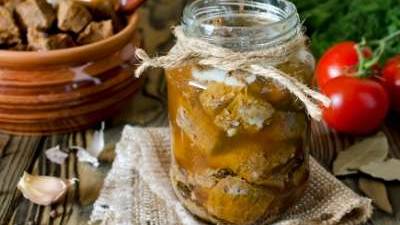U.S.U. Steam Canning - Position Statement

USDA Complete Guide to Canning
There have been numerous questions concerning the safety of steam canning for more than 80 years. Unfortunately the issues still remain unresolved. Mostly due to the absence of definitive research. Utah State University has been placed in the middle of this imbroglio because a Salt Lake City steam canner manufacturer cites that its products and processes have been tested for safety by Utah State University’s Dr. Von Mendenhall
Von Mendenhall, Ph.D. Professor Emeritus, Utah State University wrote in March 1986 (personal letter) to say, “Research conducted at U.S.U. and the University of Massachusetts concluded that steam canning is safe for use with high acid foods only.”
Dr. Mendenhall noted that the process could be mishandled and that consumers could underprocess their foods. He listed six suggested steps to increase successful operation of a steam canner:
- Place appropriate amount of water in the base. Place the perforated cover over the base and bring water to a low boil.
- Pack and fill jars. Secure lids firmly, but not overtight. Set each full jar on the base and allow it to warm up while packing and filling enough jars for one batch.
- When the last full jar has warmed up for 1-2 minutes, place the dome on the base and slowly (4-5 minutes) increase temperature setting of the stove until a column of steam 8-10 inches is evident from the small holes at the base of the dome.
- Begin timing the process, maintaining the column of steam following the water bath canning recommendations adjusted for your altitude. Do not reduce temperature setting of the stove. The dome should not bounce from the base during processing.
- When processing time is complete, turn off the stove and wait 2-3 minutes before removing the dome. Remove the dome by turning it away from your face and body to avoid burns.
- Allow jars to cool and seal. Remove metal bands and store the jars in a cool dark place.
Steam Canners- continued
Dr. Mendenhall notes that Dr Kuhn at Penn State University disagrees and is not recommending use of steam canners. Dr. Kuhn was responsible for compiling the first edition of the USDA Complete Guide to Canning and so the USDA Complete Guide to Canning says, “Steam canners are not recommended because processing times for use with current models have not been adequately researched. Because steam canners do not heat foods in the same manner as boiling-water canners, their use with boiling-water process times may result in spoilage”
Jump ahead thirty years and Dr. George York from the University of California has just published a research article in Food Protection Trends (March 2005) entitled, “HomeProcessing of Tomatoes and Other Acid Foods in Flowing Steam and Hot Water Bath Canners” (M. Samida, L. Geer, and G. K. York). Research was conducted to determine whether steam could be as safe as a hot water bath for home canning of acid foods. Four foods of different densities, tomato juice, peaches, whole peeled tomatoes and applesauce, were processed. First, the time for the water or steam to reach a temperature of 212° F for both types of canner was measured; then, a comparison was done of the time to attain the target temperature of 180°F at the center of the product. The products tested required the same or nearly the same time to attain the target temperature in each type of canner. The authors concluded the processing times are adequate for acid-foods, and the two types of canners are equally safe to use.
Current U.S.U. position statement on steam canners
Due to the lack of definitive research into the safety of steam canning the Utah State University Extension program currently agrees with the present USDA and National Center for Home Food Preservation recommendation against using Steam Canners.
For those consumers who still wish to use steam canners we:
- firmly advise against steam canning any low acid (e.g. vege- tables) or bor- derline acid foods (e.g. to- matoes). Under- processing these foods can lead to botulism food poisoning.
- For acid foods like fruits, jams or jellies we recommend followng Dr. Mendenhall’s six suggested steps to increase successful operation of a steam canner (listed above).
Authors
Brian Nummer
Related Research






